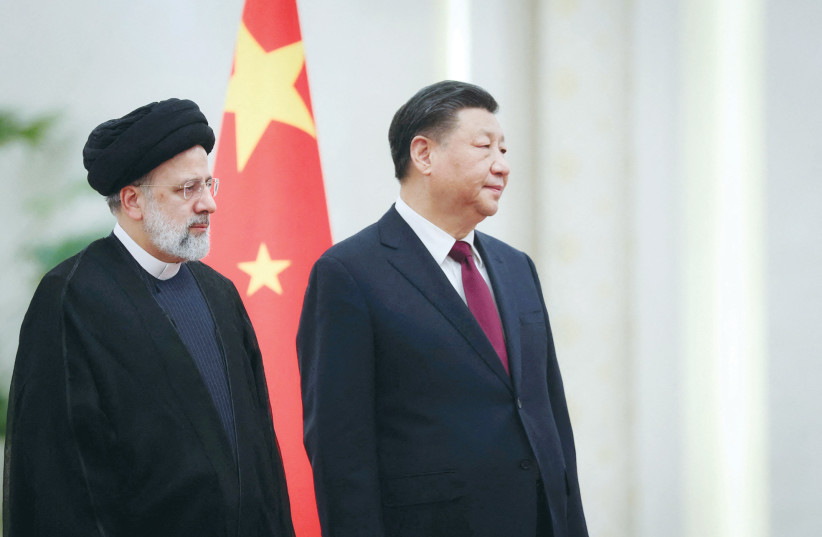China is positioning to change its role in relation to the Gulf and Iran, demonstrated by the Arab-China business conference taking place in Riyadh this week, a gathering that comes in the wake of the visit to Saudi Arabia by America’s top diplomat, Antony Blinken.
According to AFP, the meetings in Saudi Arabia “comes amid growing commercial and diplomatic ties between Beijing and Middle Eastern countries, including a recent landmark Chinese-brokered rapprochement between powerhouses Iran and Saudi Arabia that has shifted regional relations.”
Gulf media had major coverage of this conference; this shows that the Gulf is hedging its bets, looking for more trade with China, but also wanting the traditional military and defense ties it has with the US.
The tenth annual conference

On the one hand, the current conference is actually the tenth of its kind. However, Saudi Arabia is hosting for the first time, and according to reports, more than 3,500 officials from government and business sectors are attending. In addition, there is a free trade deal being negotiated between China and the Gulf Cooperation Council.
“We need to enable and empower our industries to export, so we hope all countries that negotiate with us for free trade deals know we need to protect our new, emerging industries,” Investment Minister Khalid al-Falih said, according to Al-Arabiya. “We need to provide them with market economics and some kind of protection.”
The Free Trade Agreement talks date back to 2004; what we are seeing is part of a multi-decade process, with China slowly inching its way into the region. “China is the Arab world’s largest trade partner where the total volume of trade exchange between both sides reached $430 billion in 2022,” Saudi Arabia’s Foreign Minister Prince Faisal bin Farhan said, according to Al-Arabiya. “The kingdom accounts for 25% of the total trade exchange between China and Arab countries.”
At the same time, the Chinese ambassador to Iran also spoke recently about how cooperation is improving “day by day,” according to Fars News. The messaging by China is clear across the region: It seeks to expand its ties with more countries – and this is happening slowly, but consistently.
Many of the countries in the region also prefer the stability that they think Beijing will bring to ties. They feel the US policies over the last decade have often been a kind of zig-zag. The question for the Gulf states will be whether they can balance the ties with China with the goals they have regarding ties with America.
